Forums
- Forums
- Duggy's Reference Hangar
- USAAF / USN Library
- Curtiss A-25A Shrike
Curtiss A-25A Shrike
Post a reply
- Go to Previous topic
- Go to Next topic
- Go to Welcome
- Go to Introduce Yourself
- Go to General Discussion
- Go to Screenshots, Images and Videos
- Go to Off topic
- Go to Works in Progress
- Go to Skinning Tips / Tutorials
- Go to Skin Requests
- Go to IJAAF Library
- Go to Luftwaffe Library
- Go to RAF Library
- Go to USAAF / USN Library
- Go to Misc Library
- Go to The Ops Room
- Go to Made in Germany
- Go to Campaigns and Missions
- Go to Works in Progress
- Go to Juri's Air-Raid Shelter
- Go to Campaigns and Missions
- Go to Works in Progress
- Go to Skinpacks
- Go to External Projects Discussion
- Go to Books & Resources
-
13 years agoSun Jul 03 2022, 01:44pmDuggy
 Main AdminThe origins of the Curtiss Helldiver, went back to the early 1930s when the Curtiss-Wright company introduced a series of designs that would result in the biplane "SBC Helldiver" dive bomber. Biplanes were nearing the end of their lives as combat aircraft, however, and in 1938 the US Navy issued a request for a new carrier-based monoplane scout bomber. The specification detailed an aircraft that would have two crew, carry a 450 kilogram (1,000 pound) bomb in an internal bay, and have long range. It was also to be rugged enough to handle the dive-bombing role.
Main AdminThe origins of the Curtiss Helldiver, went back to the early 1930s when the Curtiss-Wright company introduced a series of designs that would result in the biplane "SBC Helldiver" dive bomber. Biplanes were nearing the end of their lives as combat aircraft, however, and in 1938 the US Navy issued a request for a new carrier-based monoplane scout bomber. The specification detailed an aircraft that would have two crew, carry a 450 kilogram (1,000 pound) bomb in an internal bay, and have long range. It was also to be rugged enough to handle the dive-bombing role.
Unfortunately, the development program did not go well. There were of course the usual problems of trying to get leading-edge technologies to work, but the design also seemed to have fundamental problems, the first being that its handling was very poor, the second being that it lacked structural strength -- a criminal weakness in a dive bomber. However, the US military was ramping up rapidly for the war that was clearly coming and had committed heavily to production without even a flight evaluation, on the basis that the bugs could be worked out. This policy would pay dividends in many cases, but it was inevitable that it would lead to troubles in other's.
On 8 February 1941, the Helldiver prototype slammed into the ground after its engine failed on approach and was badly damaged. The program was already behind schedule and Curtiss frantically rebuilt the machine, with so many changes to clean up the obvious deficiencies of the type that when it finally returned to the air on 20 October 1941, it was almost a completely new aircraft design.
Curtiss was supposed to be delivering production aircraft to the Navy by December 1941, and the USAAF had also ordered 900 as the "A-25A Shrike". However, the prototype was lost for good on 21 December 1941 when it broke up in the air, pilot B.T. Hulse bailing out safely. The first production machine was finally completed in June 1942, being rolled out from a plant in Columbus, Ohio, which would build all of the Curtiss Helldivers. Navy officials noted that the Grumman TBF Avenger torpedo bomber was already in combat, even though development had begun two years after the start of the Helldiver program.
The A-25A was based on the Curtiss SB2C-1 design with a few changes incorporated for the Army. The arrestor hook (for carrier landings) was removed and the wings didn't fold, but otherwise, it was almost identical to the Navy version. The A-25A could carry 2,000 pounds of bombs in its bomb bay and two more 500-pound bombs on the wings. The plane carried a crew of two, a pilot and a rear gunner. The gunner only had a single .50-cal. machine gun. The plane also had four .50-cal. machine guns in the wings for use in strafing missions.
The Air Corps made an initial order for 100 A-25As in December 1940, but the first flight didn't occur until Sept. 29, 1942. A total of 900 aircraft were actually built (many more were ordered but later canceled), and nearly half of them went to the Marines Corps after the Army dropped plans to use any dive bombers in combat. Some A-25As were assigned to second line duties such as target towing and as trainers. No Air Corps A-25A was ever used in combat.
Armament: Four .50-cal. machine guns in the wings and one .50-cal. flexible machine gun in the rear cockpit, plus 3,000 lbs. of bombs (2,000 lbs. internal and 2x500 lbs. on the wings)
Engine: Wright R-2600-8 of 1,700 hp
Maximum speed: 275 mph
Cruising speed: 240 mph
Service ceiling: 26,800 ft.
Range: 700 miles with 2,000 lbs. of bombs
Span: 49 ft. 9 in.
Length: 36 ft. 8 in.
Height: 14 ft. 6 in.
Weight: 16,000 maximum gross weight
Crew: Two (pilot and gunner)
Serial numbers: 41-18774 to 41-18873; 42-79663 to 42-80462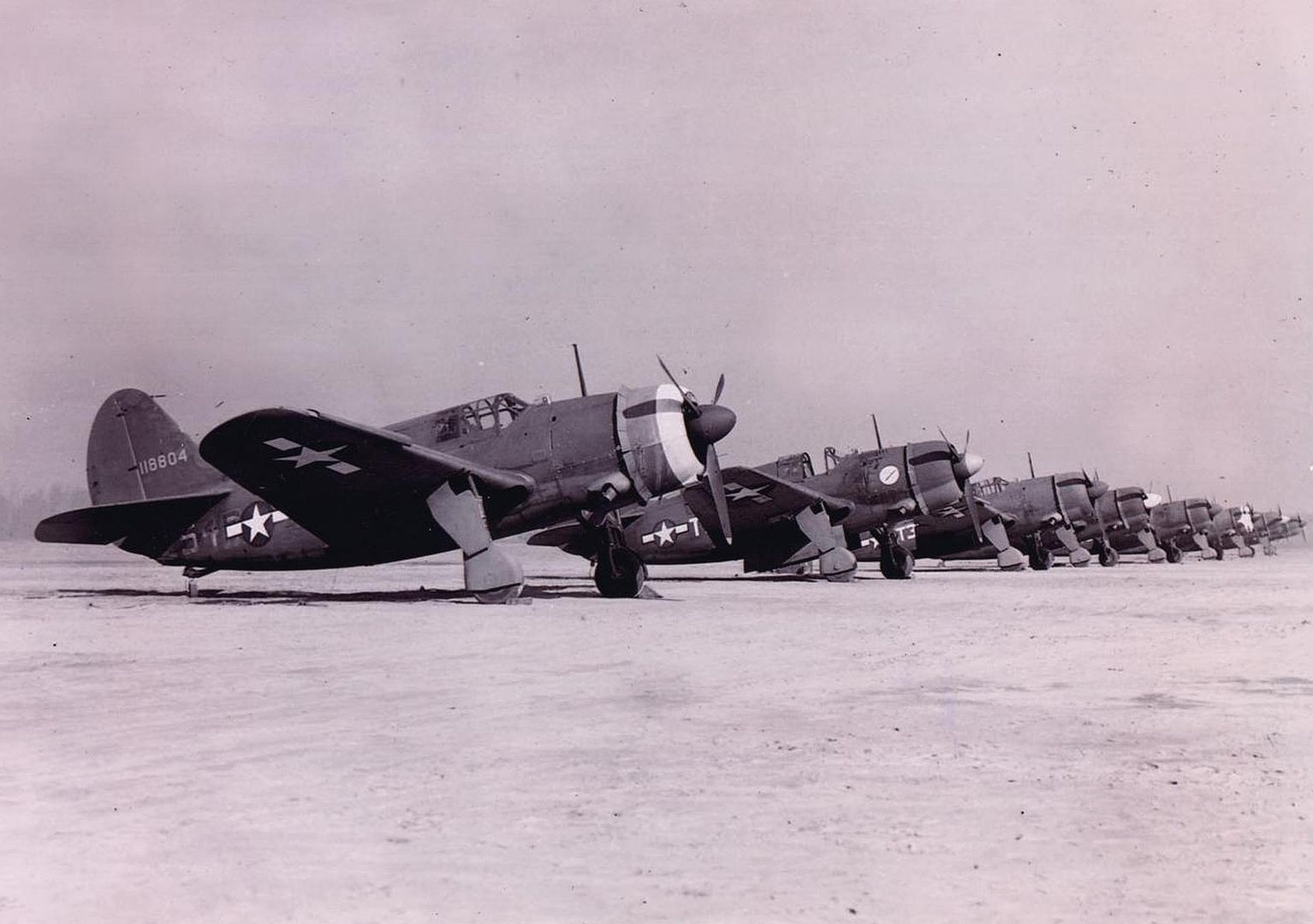
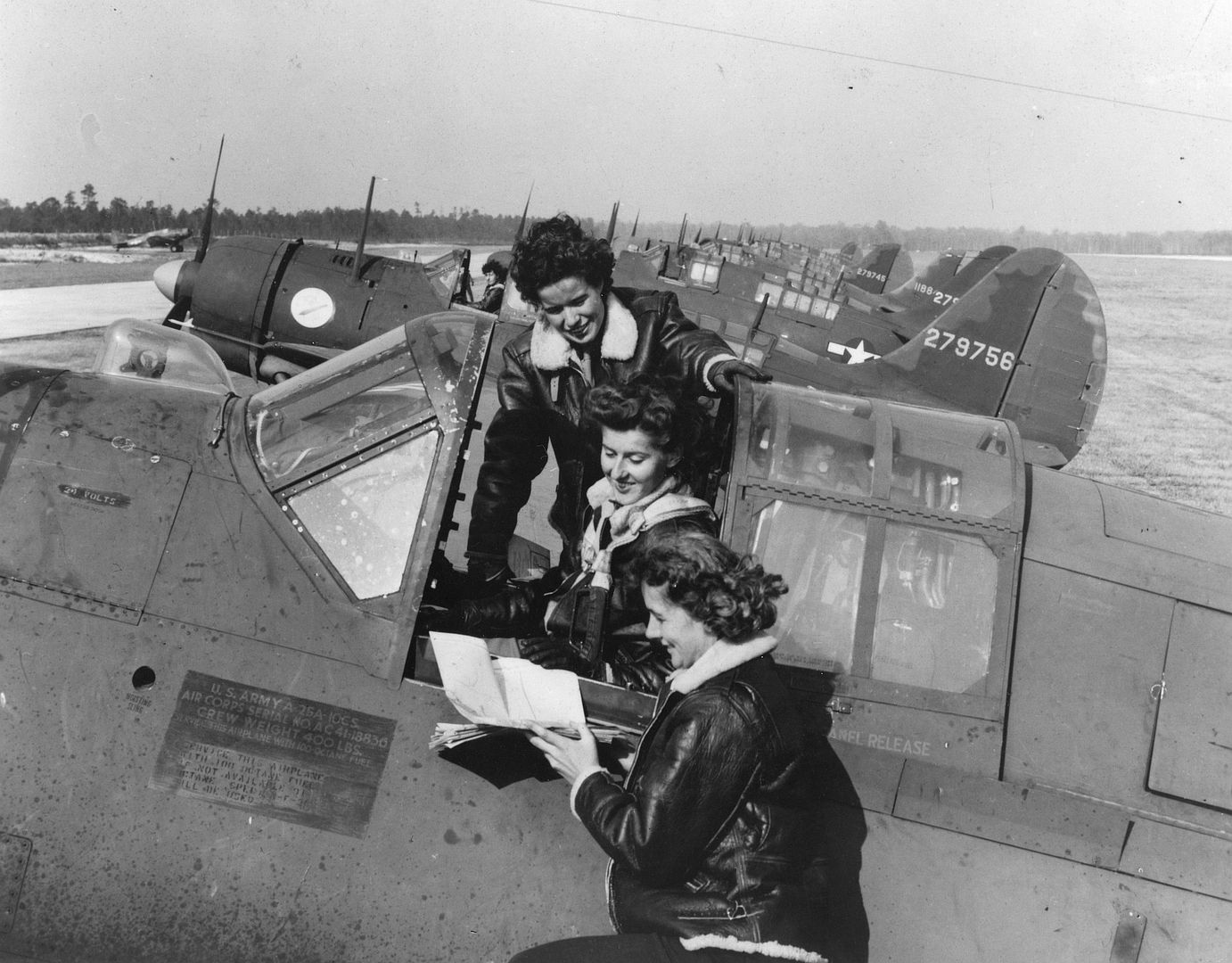
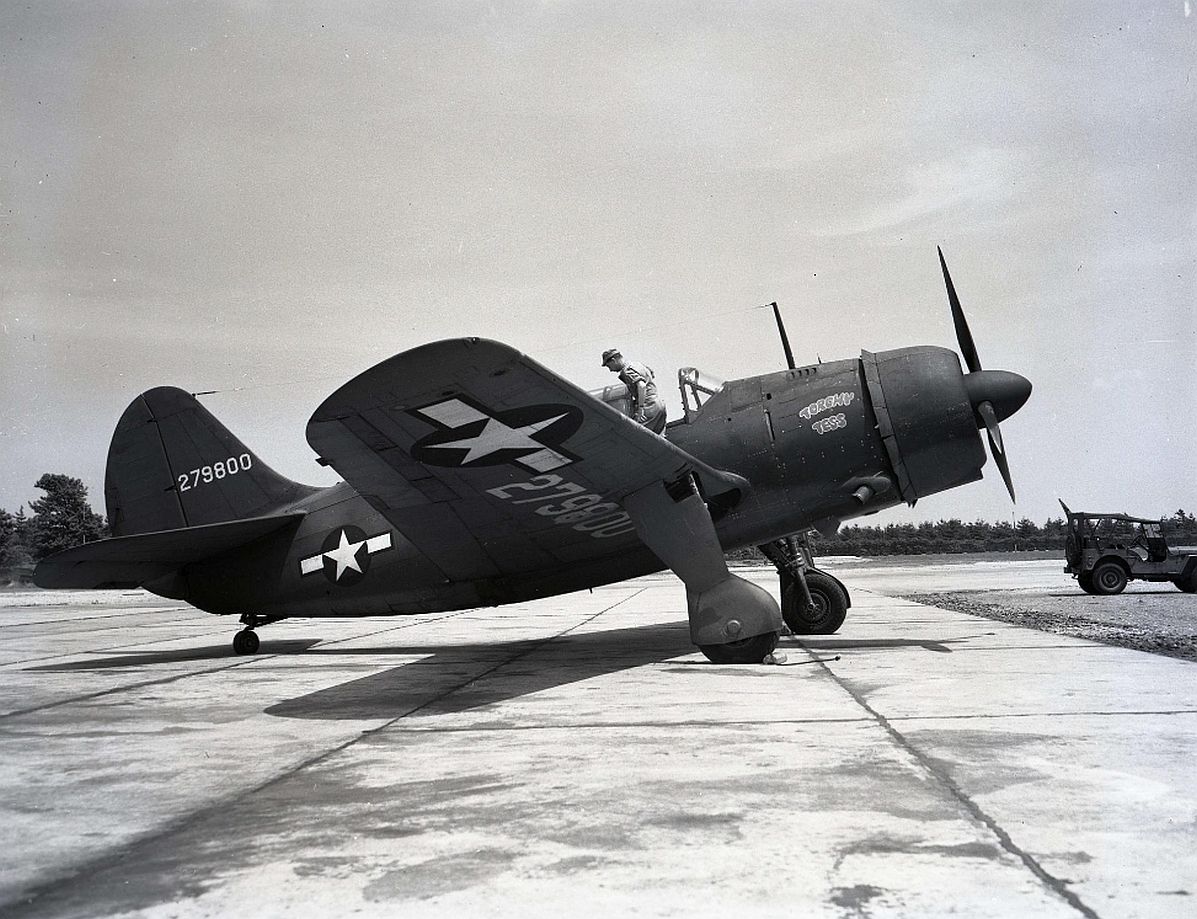
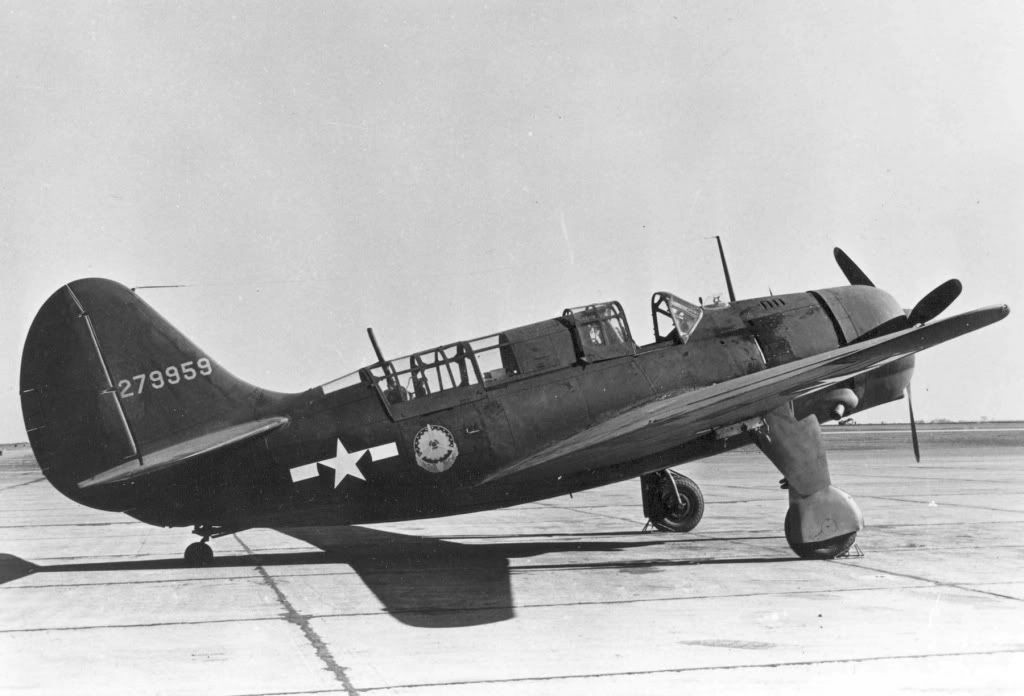

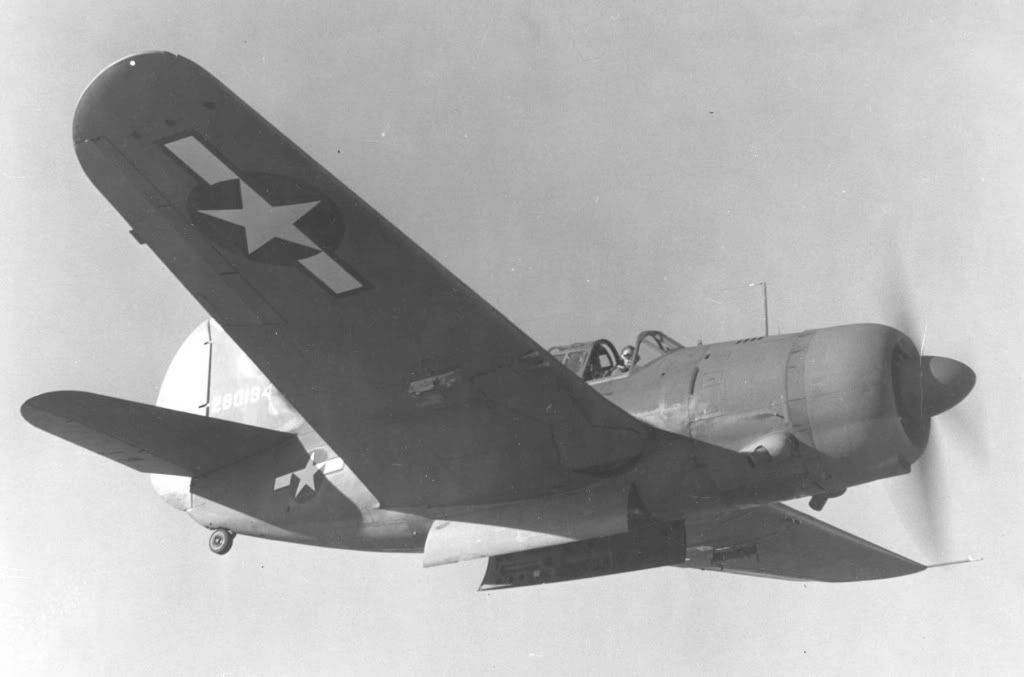


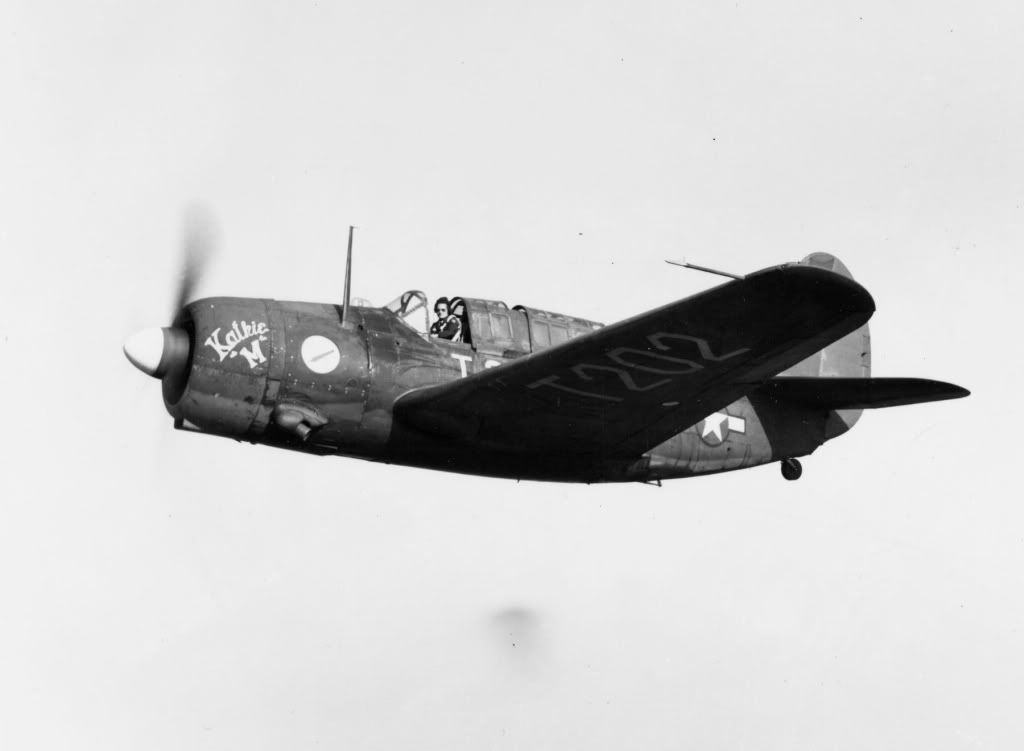
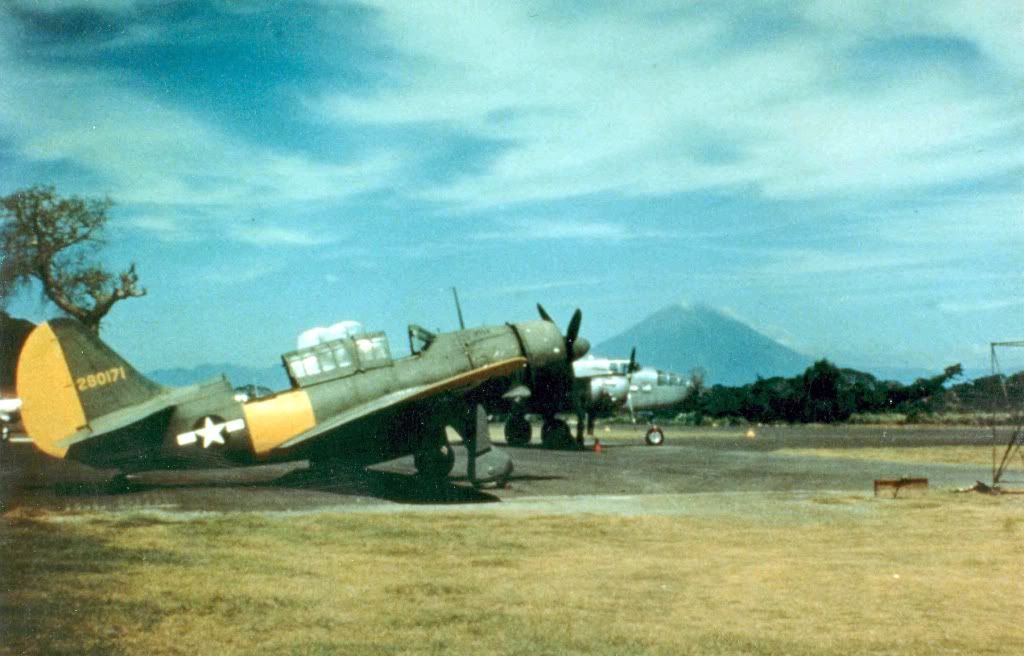

-
 Main Admin
Main Admin
Post a reply
- Go to Previous topic
- Go to Next topic
- Go to Welcome
- Go to Introduce Yourself
- Go to General Discussion
- Go to Screenshots, Images and Videos
- Go to Off topic
- Go to Works in Progress
- Go to Skinning Tips / Tutorials
- Go to Skin Requests
- Go to IJAAF Library
- Go to Luftwaffe Library
- Go to RAF Library
- Go to USAAF / USN Library
- Go to Misc Library
- Go to The Ops Room
- Go to Made in Germany
- Go to Campaigns and Missions
- Go to Works in Progress
- Go to Juri's Air-Raid Shelter
- Go to Campaigns and Missions
- Go to Works in Progress
- Go to Skinpacks
- Go to External Projects Discussion
- Go to Books & Resources


























